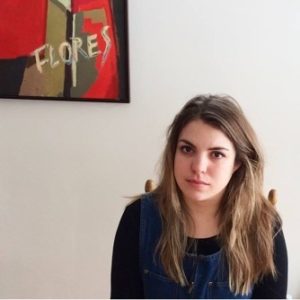By Stefania Porcelli
This semester I am teaching Dante’s Divine Comedy in English in a writing intensive course at Hunter College. I am teaching the Comedy for the first time and for the first time I am using the CUNY Academic Commons platform to share information, material, assignments and feedback – that is, everything but grades.
Although writing is still a primary focus, using the website for the course made me shift my attention toward the visual. For a start, I decided to continue the approach of previous iterations of this class, taught by Julie van Peteghem whose final paper assignment asks students to analyze a visual representation of the Divine Comedy produced from Renaissance to the present day. I put even more emphasis on the visual arts by asking my students to write blog posts (instead of traditional response papers) and encouraging them to include images and to comment on them in their writing.
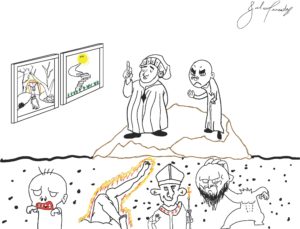
Many of Dorè’s illustrations are available in the public domain and have been among the students’ favorites. However, in the page called Resources, I included a list of websites where students could look for additional images and commentaries on the poem. A number of digital initiatives exist, each of them with a special focus, but all include artworks related to Dante’s work. For example, Dante Worlds (University of Texas) features drawings and illustrations by Vellutello, John Flaxman and Gustave Doré, but also original artworks by Suloni Robertson. Digital Dante, a website created by scholars at Columbia University and enriched by researchers from several other institutions, has been crucial to the course. Professor Barolini’s commentary on the website has guided us through all cantos of Inferno and some parts of Purgatorio. The “image” section of Digital Dante presents Sandow Birk’s illustrations and an insightful essay about William Blake’s interpretation of Dante. Birk translated the text into visual representations of contemporary America.
I assigned a reflection post in the middle of the journey of our semester that asked students to comment on their own public writing. The students all submitted the assignment on time, and they all used tags and categories. They were free to write about any aspect of their blogging activity, but most of them assessed their use of secondary sources or images in their posts. “My first two posts contained more summary than they contained analysis,” wrote one student. “With each consecutive post following the first two, I believe I progressed in my ability to make better connections, analysis, and find a theme within the Canto.” Similarly, a second student commented: “My first four blog posts were more like summaries rather than reflective posts,” but also included a further reflection: “They all included images with a short description of them but, I mostly summarized what the canto was about. However, my blog posts five and six had more connections, comparisons, similarities and changes in style.” Reflecting specifically on the inclusion of images in the posts, a third concludes: “I think including artwork sometimes helped me understand the Cantos better and therefore respond better.” And then there was a post that had the form of a comic strip – one of the best ways to reflect on the relationship between words and image while reading Dante. Not only does teaching on the Commons add a visual quality to my course, but it also encourage students to produce creative material as a comment on the Divine Comedy.
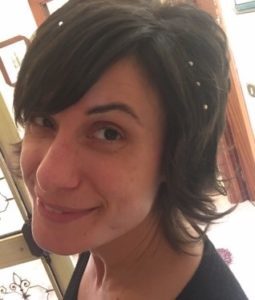 Stefania Porcelli is a PhD candidate in the Program of Comparative Literature (Italian Specialization) at The Graduate Center. She is completing her dissertation entitled “Narrating Intensity: History and Emotions in Elsa Morante, Goliarda Sapienza and Elena Ferrante.” Porcelli teaches Italian Language, Culture and Literature at Hunter College.
Stefania Porcelli is a PhD candidate in the Program of Comparative Literature (Italian Specialization) at The Graduate Center. She is completing her dissertation entitled “Narrating Intensity: History and Emotions in Elsa Morante, Goliarda Sapienza and Elena Ferrante.” Porcelli teaches Italian Language, Culture and Literature at Hunter College.
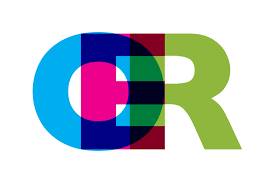 As someone passionate about my field of study, I was (and am) attached to many of the texts that I had chosen to populate my syllabi in the past. Here, I determined which scholars’ voices I was determined to continue to include in my syllabus. Some digging helped me find resources of theirs that were openly available, or instances in which a given chapter of their book had been converted into a blog post of sorts that was openly available online. In one instance, I was surprised and delighted to find that a scholar I had assigned students in the past had a blog which he had published with a Creative Commons license. The publicly available blog posts were actually a better fit for my 100-level course than his academic work in that they explained the complicated workings of municipal finance in more accessible terms. In other instances, in which I couldn’t find an openly licensed version of a given scholar’s work, I used videos of their lectures available on YouTube in which they communicated the ideas I wanted my students to grapple with.
As someone passionate about my field of study, I was (and am) attached to many of the texts that I had chosen to populate my syllabi in the past. Here, I determined which scholars’ voices I was determined to continue to include in my syllabus. Some digging helped me find resources of theirs that were openly available, or instances in which a given chapter of their book had been converted into a blog post of sorts that was openly available online. In one instance, I was surprised and delighted to find that a scholar I had assigned students in the past had a blog which he had published with a Creative Commons license. The publicly available blog posts were actually a better fit for my 100-level course than his academic work in that they explained the complicated workings of municipal finance in more accessible terms. In other instances, in which I couldn’t find an openly licensed version of a given scholar’s work, I used videos of their lectures available on YouTube in which they communicated the ideas I wanted my students to grapple with.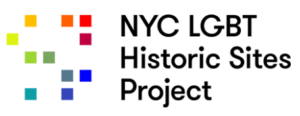 Moving towards an entirely open syllabus has pushed the parameters of what I have typically included on a syllabus. As mentioned, blogs offer a wealth of information, often in a more concise and accessible format. Having students read materials publicly available on blogs also provided me with an opportunity to include voices in my syllabus that might not have been included before. Elsewhere, I searched for interviews with academics and activists so I could include ideas that might not otherwise be available in openly-licensed materials. In another instance, I included an openly available short story that deals with gentrification. I found that it was actually better able to capture what the stakes are of gentrification than many academic works on the topic. Finally, I have included online databases and resources for students to explore – an example is the NYC LGBT Historic Sites Project.
Moving towards an entirely open syllabus has pushed the parameters of what I have typically included on a syllabus. As mentioned, blogs offer a wealth of information, often in a more concise and accessible format. Having students read materials publicly available on blogs also provided me with an opportunity to include voices in my syllabus that might not have been included before. Elsewhere, I searched for interviews with academics and activists so I could include ideas that might not otherwise be available in openly-licensed materials. In another instance, I included an openly available short story that deals with gentrification. I found that it was actually better able to capture what the stakes are of gentrification than many academic works on the topic. Finally, I have included online databases and resources for students to explore – an example is the NYC LGBT Historic Sites Project.